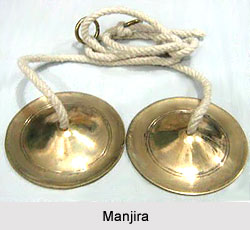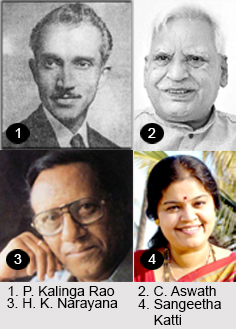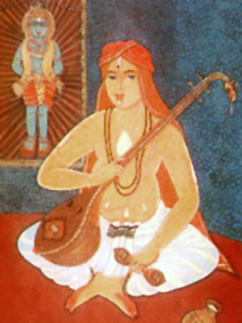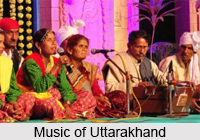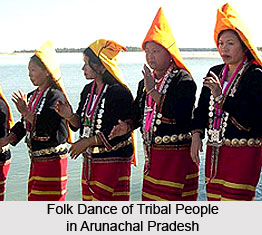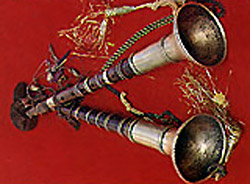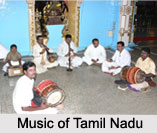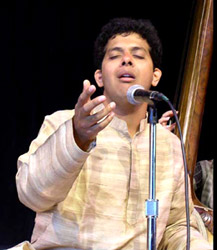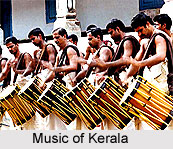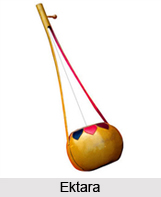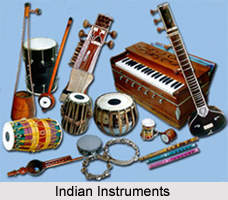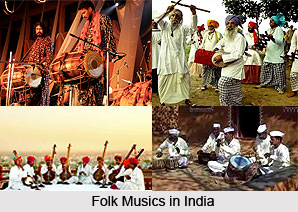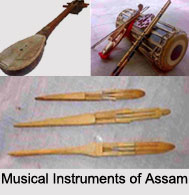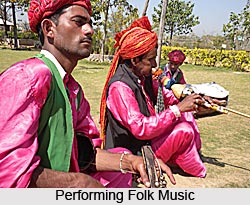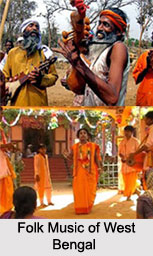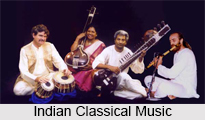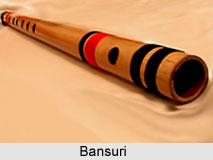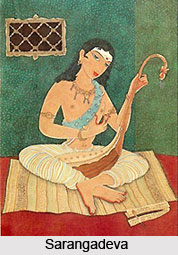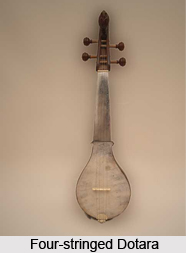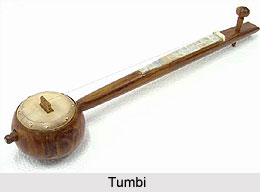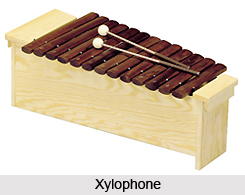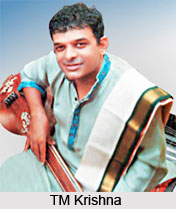 Tevarappann, a form of music, may be taken as one of the earliest examples of a musical composition in south India. It is divided into many Patikams which represent a collection of group of ten to twelve verses. No divisions are found in a Patikam. When once begun the stanzas of the Patikam are sung in succession till the verse (Pasurani) is completed. The burden of the song figures sometimes at the end of a verse. A similar structure of the composition is found in the Ashtapati compositions of Jeyadeva. The music of the stanzas in a Patikam seems to be the forerunner of later musical forms as Ashtapatihymns, prabandas and Ekadatu Kirtanas. The sthala, Kshetra or Vaggeyakara Mudra are introduced in the hymns.
Tevarappann, a form of music, may be taken as one of the earliest examples of a musical composition in south India. It is divided into many Patikams which represent a collection of group of ten to twelve verses. No divisions are found in a Patikam. When once begun the stanzas of the Patikam are sung in succession till the verse (Pasurani) is completed. The burden of the song figures sometimes at the end of a verse. A similar structure of the composition is found in the Ashtapati compositions of Jeyadeva. The music of the stanzas in a Patikam seems to be the forerunner of later musical forms as Ashtapatihymns, prabandas and Ekadatu Kirtanas. The sthala, Kshetra or Vaggeyakara Mudra are introduced in the hymns.
The tradition of incorporating the signature (mudra) of the composer can also be traced to medieval times. Despite different views, it should be admitted that by the tenth or eleventh century, the music, words and content all converge into a harmonious combination. Special characteristic embellishments pertaining to Tamil poetry like Ekapadam and Kondukatti are noticeable in Tevaram singing. The poetic form of the hymns with their rhetorical embellishments afforded scope for easy and collective delivery. The Tevaram hymns can be rendered individually and also by a group of devotees.
Civilisation is not a static condition. It is a perpetual movement. The Indian heritage possesses elements which make for greatness as well as for forces of reaction. The political changes, that the history of south India records had not impaired cultural developments. The `spiritual` and `musical` departments of the cultural life of the people develop a vital mutual tradition. Numerous saint composers appear and develop the musical art. Music had gradually to bring itself into more civilized and condensed forms. Looked at from this angle, music reduces itself into tinier and tidier crystals. Within the compass of a traditional form, effective capture and picturization of a raga, the mounting of it on a rhythmic setting increasingly of the medium tempo (Madhyama Kala) and giving it an exotic poetic medium were all accomplished by the saint-composers of the fifteenth, sixteenth and seventeenth centuries.
The songs left by Purandara Dasa and Kanakadasa are a means to grasp the Haridasa religious way of life. The songs are a traditional body of collective knowledge, a cultural treasury for storing concepts, programmes of religious practise, and interpretations; combining one`s own experiences with the knowledge of traditions is a valuable method. This method helps to reveal a religious tradition in which experiential understanding is recorded and transmitted through songs. The songs share a convention of symbolism and the singers share their personal experiences in the lyrics. The singer-saints give voice to devotional love. The tradition of bhakti music which developed during the Vijayanagara Empire`s heyday was a whole pulsating mass in which the saints found themselves, a fractal of creative love. Bhakti was a vision for the soul and music for the heart. Each song with its various stances of longing and pleading, praising and rejoicing gives a glimpse into the whole tradition.
